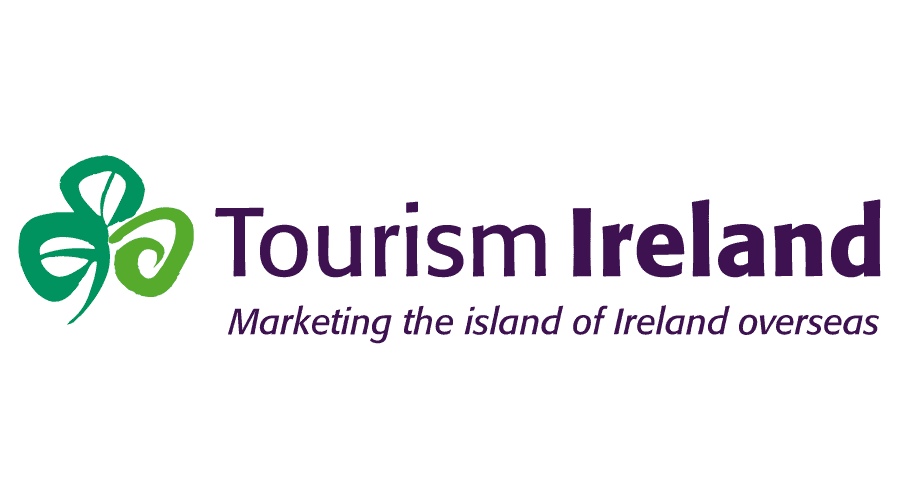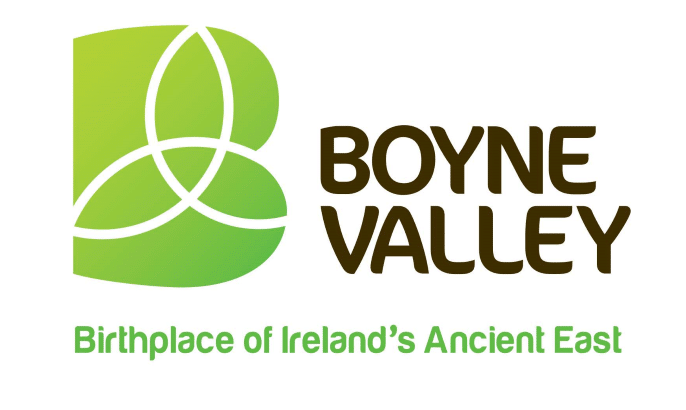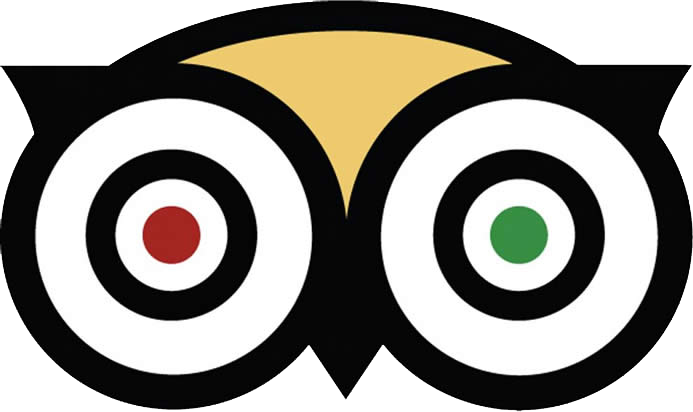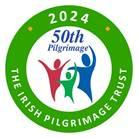The Irish DNA Factor
Ever wondered why you may be 35% Irish 15% Swedish/Norwegian and 35% French or Spanish.
Here’s a little insight into the development of the Irish Society after the First Glaciers retreat 10,000 BC from Ireland.
- 7,000 BC Mesolithic Hunter Gathers Arrive in Ireland
- 4,000 Neolithic Man arrives, settles and Farms building large Monuments such as Newgrange in County Meath.
- 2,500 the Bronze Age arrives
- 500 BC The Celts arrive from Europe
- 500 AD St Patrick and the Christian Period
- 794 The first Viking Raids begin and although they are predominantly from Denmark, Sweden it’s the Norwegians that come to Ireland wintering from 841AD
- 1169 The Normans Arrive originally from France to England and from Wales to Ireland.
Why the Irish Leave
The Major Period in Irish History is the 1600s
- 1609 AD The Flight of the Earls and the Plantations of the Northern Counties of Ulster
- 1649 AD The Coming off Cromwell and his Plantations
- 1690 AD The Battle of the Boyne and the start of the Penal Laws 1695 AD
1660 AD the Irish own 60% of the Land and the Population is 2 Million within 150 years the Irish would own only 5% of the Land and the Population would be 8.5 Million.
Many people suffer the wrought of the Empire stealing the smallest item will have you Convicted and sent to Australia for 7 years penal servitude.
From the Period 1800 to 1840 six famines take place. The only time emigration is not a factor is 1810 to 1820 .The Napoleonic Wars take Place. From 1820 to 1840 800000 people leave Ireland and by the Time of the great Famine 1845-50 1 Million die and 1.5 Million leave for America /Canada and Australia

So you have now discovered your DNA and are fascinated by the make-up off your Genes.
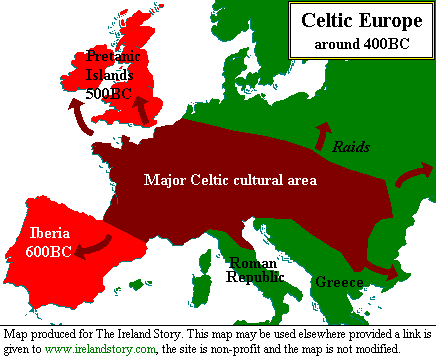
The Irish Celtic Tribes by Ptolemy 1st Century
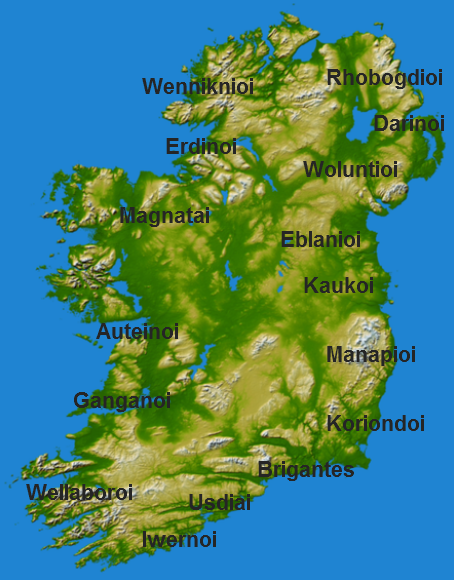
The Irish Celtic Tribes
- County Antrim- The Rhobogdioi
- County Down – The Darinoi & The Woluntioi
- County Meath –The Eblanioi and Kaukoi
- County Wicklow – The Manapioi
- County Wexford – The Koriondoi
- County Waterford – The Brigantes
- County Cork- The Usdiai and The Iwernoi
- County Kerry –The Wellaborai
- County Clare- The Ganganoi
- County Galway- The Auteinoi
- County Mayo-The Magnatai
- County Sligo – The Erdinoi and The Wenniknioi
Well let’s say you have a good chance there’s a little French Norman (Normandy) in you but remember the Normans (Man from the North) are actually Scandinavian in origin.
The First Normans to arrive in Ireland come from Wales under Richard De Clare Earl of Pembroke 1169 AD.
Then you may have a name like Cheevers, Fitzmaurice ( Son of Maurice) or Delacy family and you were involved in Building Trim Castle in County Meath
Or did you arrive with the Vikings themselves. And have a name like Harold then your Ancestors may have lived in Arklow ( Arknels Meadow) at Wicklow
It’s actually more likely that you arrived with the Celts especially if you have a name like O’Brien. The Great High King of Munster Brain Boru gave his name to the O’Brien Family in the years 1,000 and means Son of Brien.
It is really a Fascinating subject when it comes to your Ancestors arrival on the Little Island of Ireland.
If you were a Celt you came between 500 BC and 500 AD.
Where did you come from well maybe you family arrived from Austria/Switzerland and the Cradle of La Tene Culture at Hallstatt /Neuchatel.
You may also have come from Gaul ( modern France) to get away from the Romans or Southern Portugal and onto Northern Spain and into Ireland.
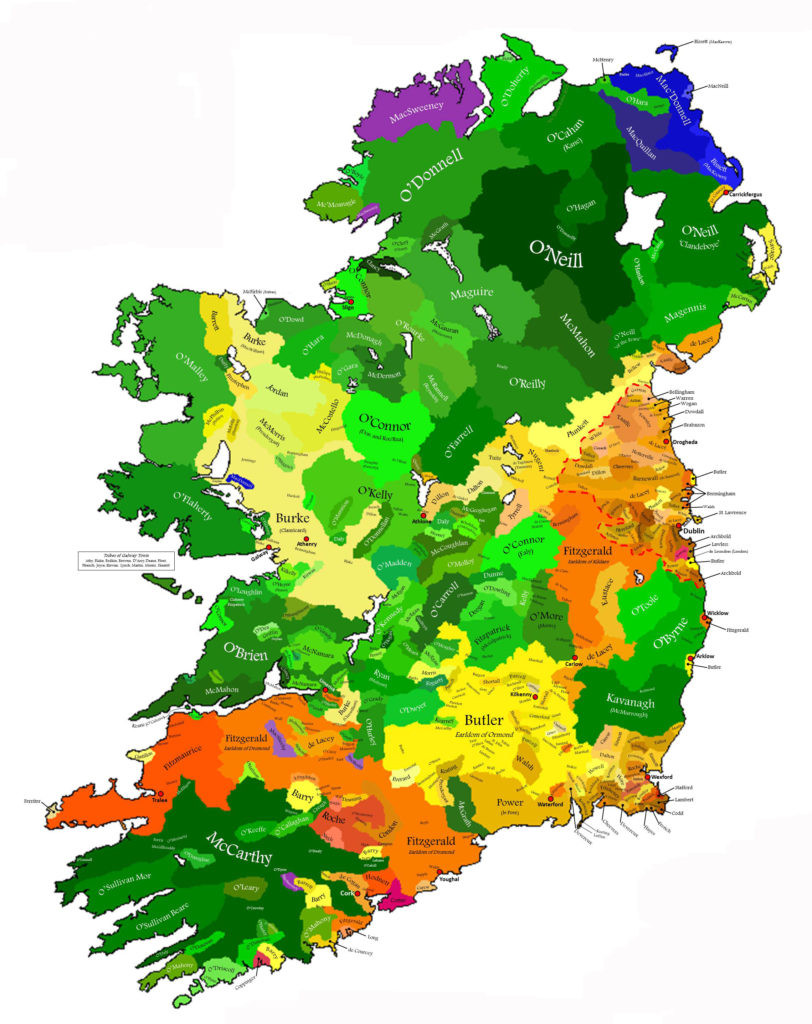
A Fascinating look at the Origins and arrivals of People in Ireland is written by the Monks in the 10th Century and titled Lebor Gbála Erenn or the “Book of Invasions”.
Early history of the Celts to Ireland
Tower of Hercules in Northern Galicia according to the Lebor Gabála Érenn, Breogán was the father of Ith, the leader of an expedition to Ireland from the Iberian Peninsula; from Breogán’s Tower Ith first saw Ireland, 900 kilometres north.
This tells how Noahs son Japheth leave Egypt as the same time as the Israelites, they spend 440 years wandering the Earth and Sea. They settle in Northern Spain There, Goídel’s descendant Breogán founds a city called Brigantia, and builds a tower from the top of which his son Íth glimpses Ireland.
Cessair
The first people to arrive in Ireland land at Bantry Bay and are led by Cessair, daughter of Bith, son of Noah. They are told to go to the western edge of the world to escape the oncoming Flood. Fintán is the only one to survive. He becomes a salmon and later an eagle and a hawk, living for 5,500 years after the Flood, whenhe becomes a man again and recounts Ireland’s history where it is first named after the Goddess Eriu
The women who accompany Cessair appear by their names to represent the world’s ancestral mothers; they included Alba (ancestor of the Britons), Espa (Spanish), German (Germans), Gothiam (Goths), Traige (Thracians), and so forth. Thus “their arrival can be read as creating a microcosm of the whole world’s population in Ireland”. Several other companions echo the names of ancient Irish goddesses such as The Boyne ( Boinne) river in County Meath ( Meath Historical tour )or Munster after the God Mum this was the Celtic land of the Peoples the Iverni.
Partholón
Ireland is then uninhabited for 300 years, until a second group of people arrive. They are led by Partholón, who is descended from Noah through Magog. They sail to Ireland via Anatolia, Greece, Sicily and Iberia. They include Partholón’s wife Delgnat, their four chieftain sons, and others. When they arrive, there is only one open plain, three lakes and nine rivers. They clear four more plains and a further seven lakes burst from the ground. Named figures are credited with introducing cattle husbandry, ploughing, cooking, dwellings, trade, and dividing the island in four. They battle and defeat the mysterious Fomorians.
The Fomorians have been interpreted as a group of deities who represent the harmful or destructive powers of nature.
Nemed
A third peoples come they are led by Nemed, who is also descended from Noah through Magog.
They set out from the Caspian Sea in 44 ships but, after a year and a half of sailing, the only ship to reach Ireland is Nemed’s. On board are his wife, his four chieftain sons, and others. During their time in Ireland, the Nemedians clear twelve plains and build two royal forts, and four lakes burst from the ground. They win four battles against the Fomorians.
Some of them go “into the north of the world”, some go to Britain and become the ancestors of all Britons, and some go south to Greece.
Fir Bolg
Those who went to Greece were enslaved by the Greeks and After 230 years, they sail back to Ireland. They are known as the Fir Bolg (men of bags), and contain two sub-groups known as the Fir Domnann and Fir Gálioin. Led by their five chieftains, they divide Ireland into five provinces Ulster, Leinster, Munster Connaught and An Mhi ( Meath) Mide is Celtic for Middle and it is West Meath which holds Uisneacht the centre of Ireland identified 3000 years ago. A succession of nine High Kings rule over Ireland for the next 37 years.
In Lebor Gabála Érenn, the Tuatha Dé Danann are closely associated with the ancient passage graves of Brú na Bóinne such as Newgrange
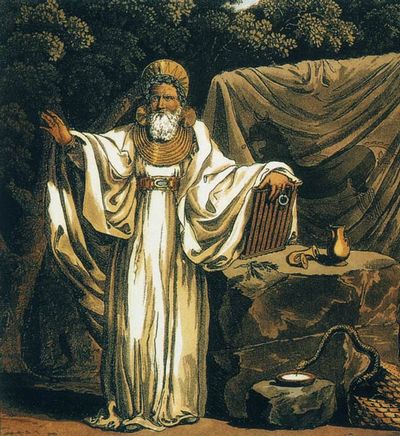
Tuatha Dé Danann
Those who went into the north of the world are the supernaturally-gifted Tuatha Dé Danann who represent the main pagan gods of Ireland. They come to Ireland in dark clouds and land on Sliabh an Iarainn in the west. They fight the Fir Bolg for the ownership of Ireland in the First Battle of Moytura. The Tuath Dé are victorious and offer the Fir Bolg a province of Ireland, and they choose Connacht. Nuada, king of the Tuath Dé, loses his hand or arm in the battle and is thus no longer fit to be their king. After seven years, Dian Cecht the physician the metalsmith replace Nuada’s hand/arm with a working silver one, and he re-takes the kingship. The Tuath Dé then fight the Fomorians in the Second Battle of Moytura. Balor the Fomorian kills Nuada, but Balor’s (half-Fomorian) grandson Lugh kills him and becomes king. The Tuatha Dé enjoy 150 years of unbroken rule.
Milesians
The tale of the Gaels commences once again. Íth, who has spied Ireland from the top of Breogán’s Tower, sails to the island with a group of men. He is welcomed by its three kings of the Tuath Dé. However, he is killed by unnamed attackers and his men return to Iberia. The Gaels set sail with a great force to avenge his death and take Ireland. They are referred to as the Sons of Míl Espáine or Milesians. After they land, they fight against the combined forces of the Tuath Dé and Fomorians on their way to the Hill of Tara, in County Meath. At Tara, they meet the three kings, who defend their claim to the joint kingship of the land. They ask that there be a three-day truce, during which the Gaels must stay a distance of nine waves from land. The Gaels agree, but once their ships are nine waves from Ireland, the Tuath Dé Dannan conjure up a great wind that prevents them sailing back to land. However, Amergin calms the wind by reciting a verse. The surviving ships return to land and the two groups agree to divide Ireland between them. The Gaels take the world above, while the Tuath Dé Dannan take the world below and enter the sídhe.
The Aftermath
In its own way this fantastic story of the invasions of Ireland sets the Irish apart as a Deep population with Soul. The love of all things Celtic including music and dance even the Language which is compatible with Scottish is still spoken. The Fairy stories or the people of the Sibhe the underworld is built into the Irish mentality.
The Celtic worship of Trees, Water still seen today as one enters a Graveyard and sees a Ewe to ward off evil or one sees a Tobar which is a Holy well. As you wander around Ireland beware off the Hawthorn Tree as this is the Basis of the Sibhe the people of the underworld , the Tuathe De Dannan live banished by the Milesians no doubt you may even see a Banshee ( The Woman of the Sibhe).
- How you can link your DNA to Ireland and right back to that poignant time the coming of the Celts 500 BC
- Are you an O’ Neill, A Quinn or the descendant of the Royal Kings of Tara or even the Celtic God Lugh
- At My Ireland Family Heritage we can take you back in time to where you fit in to Irish Society the following is a fine example.
Conn of the Hundred Battles and The story of the Quinn family
Conn Cétchathach according to Irish legendary was, a High King of Ireland, and the ancestor of the Connachta, and, through his descendant Niall Noígiallach, the Uí Néill dynasties, which dominated Ireland in the early Middle Ages, and their descendants were born. Conn gave his name to the Western side of the Island Connaught and lived about the year the 2nd Century AD
Niall Noígíallach Niall of the Nine Hostages, was a prehistoric Irish king, the ancestor of the Uí Néill dynasties that dominated the northern half of Ireland from the 6th to the 10th century. Irish annalistic and chronicle sources place his reign in the late 4th and early 5th centuries and is a direct Descendant of Conn of the Hundred Battles
Leath Cuinn (Conn’s Half) and Leath Moga (Mugh’s half) refers to a legendary ancient division of Ireland resulted from the battle of Maigh Nuadad in 123 A.D. Conn, defeated by Eoghan Mor and Ireland was divided into two halves.
Leath Cuinn was the island north of the Esker Riada Dublin to Galway Bay
The North – taking in Connacht, Ulster and Meath – would be Conn’s Half
The South – taking in Munster, Osraighe and Leinster – would be Eoghan’s Half.
Conn of the Hundred Battles
- Decendants- Mebh –Art McCuinn-Acthan-Connia-Lugdac-Sadb-Aulom-Saruit – Coem
Art McCuinn High King of Ireland Seat Hill of Tara
- Decendants- Cormac McArt– Ollamda -Lugaid MacCon
Cormac mac Airt (son of Art) (grandson of Conn) or Cormac Ulfada (long beard), was, a High King of Ireland. He is probably the most famous of the ancient High Kings, and may have been an authentic historical figure, although many legends have attached themselves to him, and his reign is variously dated as early as the 2nd century and as late as the 4th. He is said to have ruled from the Hill of Tara (Meath Historical Tours), the seat of the High Kings of Ireland, for forty years, and under his rule Tara flourished.
The Quinns descendants of Con of the Hundred Battles
Example of our Data Base
Quinns Become Very numerous in all areas as the Centuries pass, especially Ulster the name meaning, perhaps, chief there were a number of septs: Thomond (Clare), Tyrone, Antrim, Longford ( Annaly Quinn). Those of Thomond are represented by the Earl of Dunraven.
Seán Quinn of My Ireland Heritage is a descendant of William Quinn ,1845 AD Parish of Mostrim, Edgeworth town in the Townland of Kilcourcy ,County Longford. Our Data Base will tell us that in the 1800s;
- There are 3894 homes registered to the Quinn name. They are found in all 32 Counties and the highest amount are found in Tyrone with 575 homes registered.
- In Longford where Seán’s family are from there are 132 families registered
- They are found in 18 Parishes in County Longford
- Sean’s family are found in the Barony off Ardagh the Poor law union of Granard.
- In the Parish of Mostrim where Seán’s family are from there are 4 families registered in the Townlands Cranley beg, Lackan and Sean’s Great, Great Grandfather John in 1820 at Kilcourcy
- Because there is a break in the records we know that a William Quinn Converted from Catholic to Protestantism and back again in 1739. We at My Ireland Heritage can even pinpoint the exact location in the mid-1600s in Seán’s case there are 13 families registered in parish of Shrowell Longford in 1650AD.
- Finally we can say that the Family were based in Rathcline Longford between 800 and 1600 period as history tells us that the Quinn’s held land at Rathcline Castle
- Rathcline barony was formed from the territories of The Callow on the left bank of Shannon, Lanesboro to Ballymahon and the territory of Clanconnor. Rathcline Castle (near modern Lanesborough) was built around the 9th Century by the Ó Cuinn (O’Quinn) clan. Later it was fought for and taken by the Uí Fhearghail (O’Farrell) clan and subsequently taken over by the Normans around 1169AD.
Contact us and we can take you back in time. The dream of finding your family House in 1800s is only the beginning. Tracing you back in time to the mid-1600s and back even further to your Celtic Sept 500BC. Ann Tansey Trip Adviser

